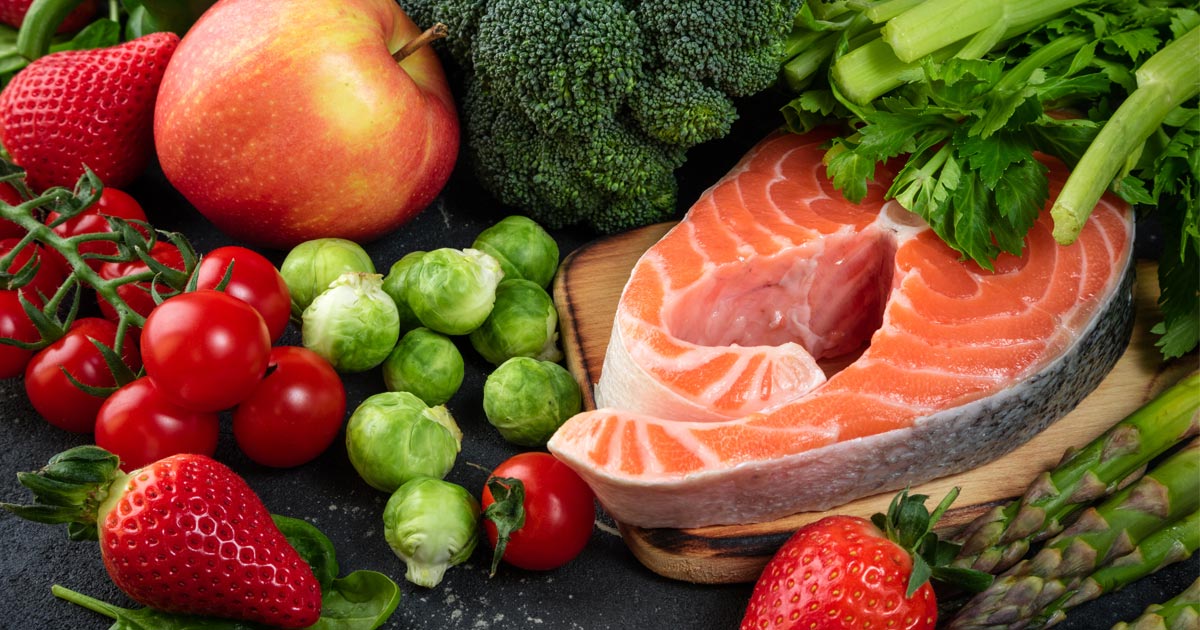It’s a fallacy that eating well has to be expensive. You can spend about the same amount of money and have a heart-healthier diet. Here are some tips to save yet have a heart healthy diet.
Examine the labels.
From a health standpoint, some items are less appealing than others at comparable prices. Different types of milk, for example, cost about the same, but skim milk and 1% milk have less saturated fat than 2 percent milk or whole milk. Comparing the Nutrition Facts data on the labels might help you make a healthy decision that’s low in both fat and sugar without spending more.
Skip the boxed and bagged processed goods.
Whole foods are less expensive than processed foods, and they don’t have the additional sodium and sugar that can cause weight gain, diabetes, and heart disease.
Pick what is in season.
In the produce section of your supermarket, look for seasonal fruits and vegetables. When produce is in season, it is less expensive. Choose nutrient-dense meals like sweet potatoes, berries, avocados, and green, leafy vegetables.
Buy in bulk.
If you have the financial means, buying in bulk can save you money. For example, keep an eye out for meat specials, and if you have freezer space, split out any leftover meat into meal-sized pieces. Bulk purchases of grains such as oats, rice, and flour, as well as canned foods and other dry goods, can save you money in the long run.
Use what you have on hand.
One of the most effective strategies to stay under your food budget is to plan your meals around any leftover foods. Check what you have and make a list before you go shopping.
Planning is essential.
Make a list of your meals for the next several days before going to the grocery or discount store. Include ingredients that can be used in numerous meals. A plump rotisserie chicken, for example, can be used for two separate dinners the same week if you have a small family.
Avoid shopping when you’re hungry.
Don’t shop when you’re hungry to avoid buying unhealthy food and other products on impulse.
Choose meat pieces that are inexpensive.
Meat consumption does not have to be costly. There are numerous beef cuts that are inexpensive. Drumsticks are a good source of protein and one of the most affordable chicken pieces.
Try other protein sources.
Salmon and other fish, poultry, low-fat dairy products, lean meat, nuts, and beans are all good sources of protein.
Make aisle-smart decisions.
Shop primarily in the market’s peripheral aisles. Fresh fruits, vegetables, dairy, fish, and meat are usually displayed there. Look for canned tuna, salmon, and sardines in the middle aisles, as well as frozen uncooked fish fillets . Notice that, often the most expensive things are displayed at eye level, whereas store brands are displayed in the lower level.
When possible, eat frozen or canned items.
Canned ingredients such as tomatoes, apricots, and chickpeas are a cost-effective method to add nutrition and flavor. They last for a long time in your pantry, so stock up when they’re on sale or your pantry is running low. Frozen veggies, such as peas, are a nutritious and economical choice to consider for your meals, much like canned vegetables.
Make good use of leftovers.
Do you have leftover vegetables from yesterday? Make a stir fry, casserole, or soup with it tomorrow. Add some oats, beans, or other vegetables to the meatloaf to make it more filling.
Takeaway
It is feasible to spend a lot of money on food, there are several ways to keep those costs in check.
Want to monitor your blood pressure and other vital signs regularly? Use DrKumo Remote Patient Monitoring Solution. Read more:








